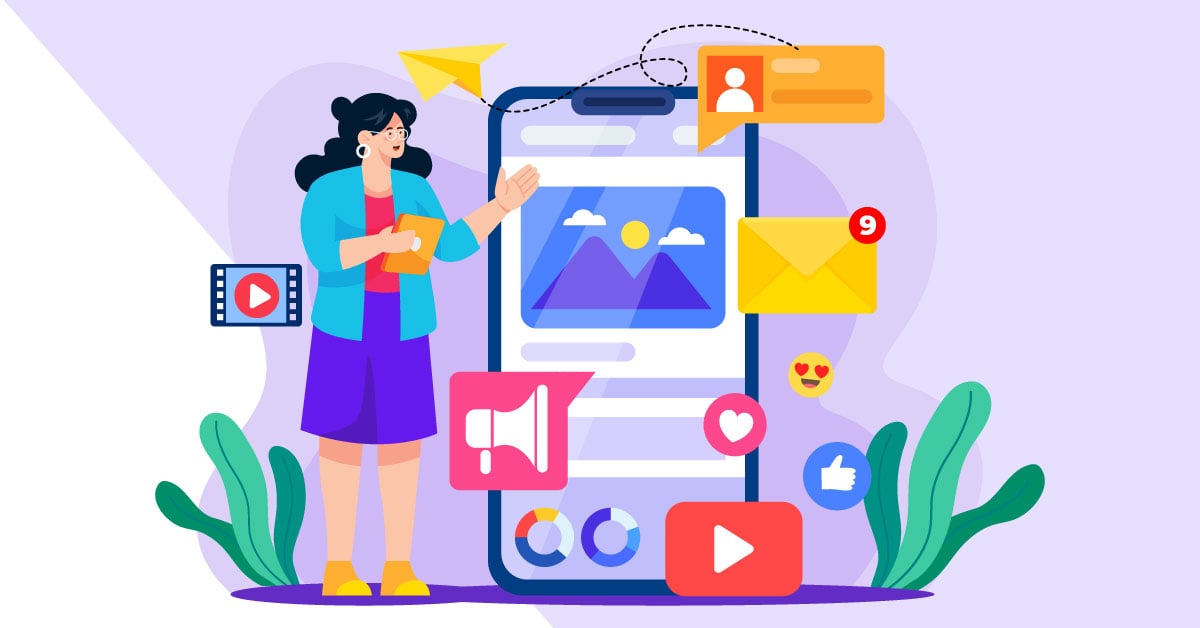
Videos have been known to generate higher engagement rates across social media platforms and various markets. But compelling images or graphic designs can still bring your engagement stats up. And if you want to focus on posting more social media design content, here are our tips to get more followers and increase engagement rates.
Social Media Image Dimensions
Before posting your fantastic and compelling social media designs, here’s your quick guide on the social media image dimensions.
Meta (Facebook and Instagram)
According to Meta, here are the recommended social media image dimensions:
- Profile picture: at least 176×176 pixels
- Cover image: at least 400×150 pixels
- Feed: 1080×1350 pixels
- Stories: 1080×1920 pixels
- Profile picture: According to Hootsuite, the recommended profile pic on Instagram is 320×320 pixels
- Instagram Feed: 1080×1920 pixels
- Instagram Stories: 1080×1350 pixels
According to Twitter, here are the recommended image sizes on the platform:
- Profile photo: 400×400 pixels
- Header images: 1500×500 pixels
- Images: Twitter doesn’t have recommended image dimensions, but you can post images up to 5MB. However, Vectornator reveals that the recommended minimum size is 600×335 pixels.
- Animated GIFs: 1280×1080 pixels, less than 15MB
Here are the recommended image sizes for LinkedIn:
- Logo image: 400×400 pixels
- Cover image: 1128×191 pixels
- Main image: 1128×376 pixels
- Company photos: 900×600 pixels
7 Social Media Design Tips
1. Know Your Goal
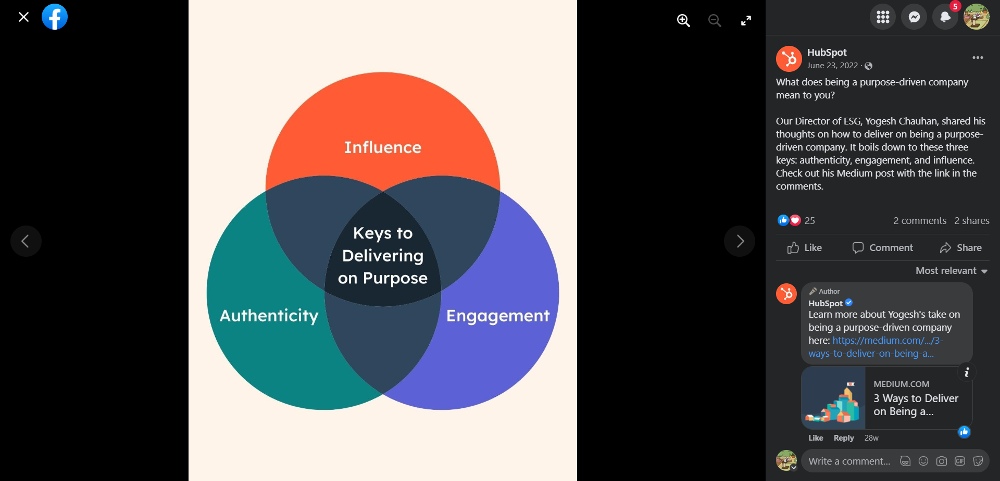
Although social media serves as an extension of your online presence, social media is also beneficial to your branding and marketing goals. That said, you shouldn’t only post on social media for the sake of it. It’s essential that you identify what your goals are when posting your social media designs.
One goal when posting on social media is to introduce your brand to your target audience. Statista reveals there are over 4.5 billion social media users. You can reach your audience by regularly posting on your social media pages.
A free yet effective way to entice more audiences to follow your business on social media is by posting infographics. Shareable content is still the best way to get more followers and page views. But if that doesn’t work, you can pay to post an ad to extend your reach.
Some social media design examples include:
- Image edits (text with photos)
- Guides
- Screenshots
- Illustrations
- Animated images or GIFs
2. Establish and Follow a Color Palette + Typography
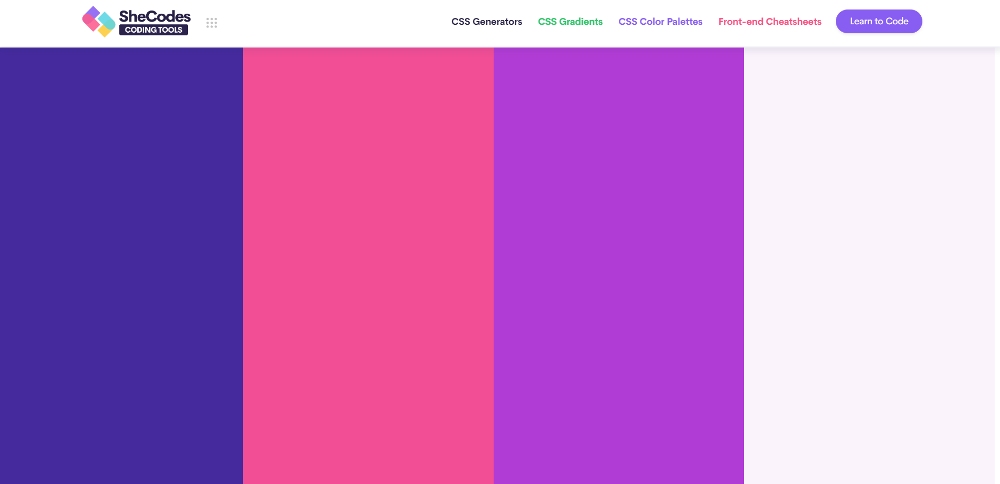
It’s best practice to keep your branding consistent in digital platforms and printed materials. This means you need to stick to your branding colors. But you can change your color palette for social media or website postings. It’s ideal to choose a color palette similar or complementary to your brand colors.
For example, if pink is the color for your brand, you can choose purple or blue as part of your social media color palette. You can refer to color palette generators to help you select amazing palettes.
Similarly, you should keep your typography consistent as well. It’s best to use your brand’s typography for brand recognition. However, you can replace your typography for social media purposes. Or, you can mix your brand’s fonts with one that fits with it. There are font combination generators to help you mix and match fonts when necessary.

One excellent example of using typography consistently is from the New York Times. You’ll notice they use the same font (Cheltenham) on their Instagram pages and websites. They add those fonts to images or use them on a solid background. It’s an excellent way to make your branding uniform.
3. Create Various Content
Facebook, Twitter, LinkedIn, and Instagram allow users to post videos and images. It’s best to mix and match your content to keep users engaged. Plus, it will diversify your social media pages. Additionally, you can post GIFs on Facebook and Twitter to increase engagement rates. Plus, you should also create content for your stories.
4. Use Templates
Although you need to create different designs, templates will help save you time than creating from scratch. Templates work best for the following scenarios:
- Social media ads
- Announcements
- Promotional images
- Infographics
- Guides
You can create branded templates from scratch, download templates from image sites, or use those from graphic design software.
5. Apply Branding To Your Social Media Pages
Social media branding isn’t limited to your posts. Your social media pages should reflect your branding too. Here’s how you can customize your profiles.
Facebook, LinkedIn, and Twitter: You can customize your Facebook, Twitter, and LinkedIn pages with a cover/header image. Plus, you can upload your logo as a profile photo.
Instagram: On this social media site, you can personalize your profile photo. In addition, you can tailor your Story Highlights with customized icons.
It’s best practice to keep the cover images and profile photos the same across your social media profiles.
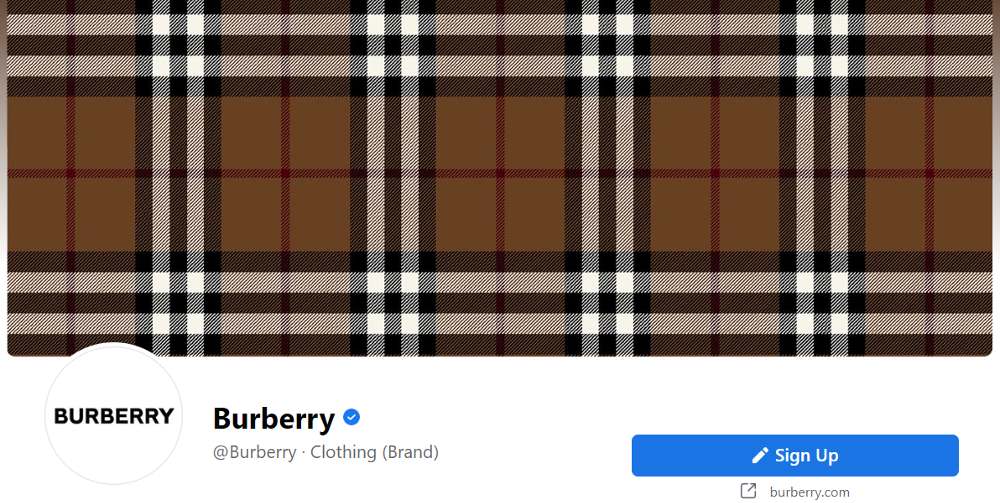
Here’s an example from Burberry on how to keep your branding uniform across different social media platforms. They use their logo as their profile photos on their Facebook, LinkedIn, Twitter, and Instagram pages. But on their Facebook and Twitter pages, they use the signature Burberry tartan for the cover images.

6. Be Updated with Holidays and Trends
One way to connect with your target audience is to follow holidays. Even if holidays are the best for promoting your business, holiday posts can increase brand awareness as well.
Aside from that, you can consider following some trends to make your brand relevant. For example, your brand can hop on TikTok trends. Or, you can stay relevant by posting about people’s interests, like games, books, astrology, etc.
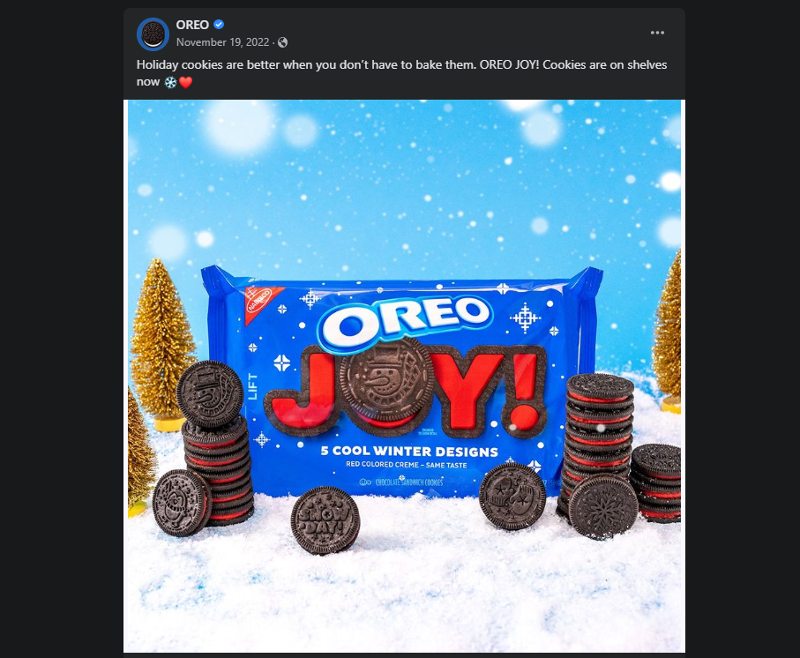
One example comes from Oreo. You’ll notice that they use the holidays to engage with their target audience. Aside from that, they use astrology to establish a personal connection with some users.
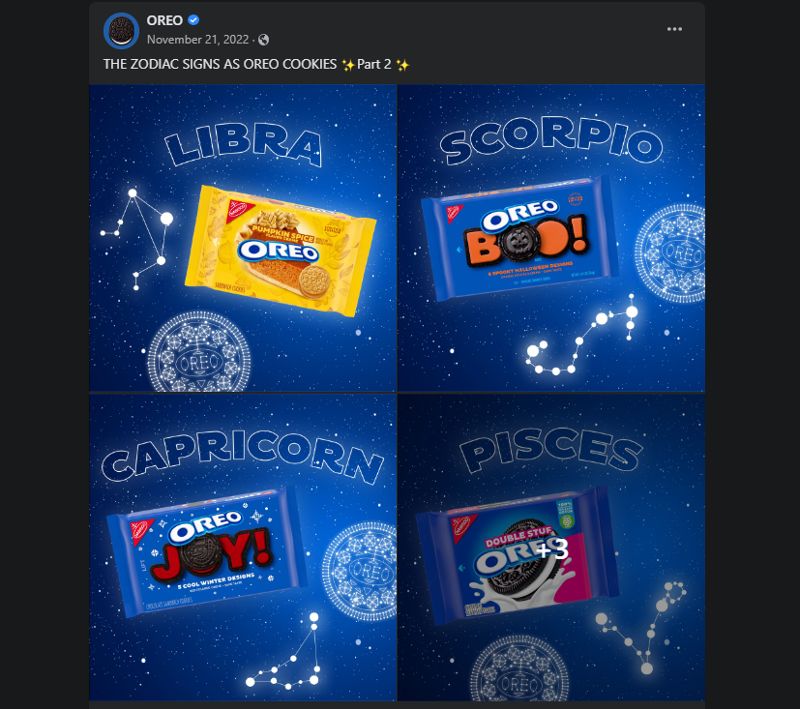
7. Follow Graphic Design Guidelines
If you’re designing social media posts for the first time, it’s best to learn about graphic design basics. You can refer to basic principles, such as balance, contrast, whitespace, hierarchy, color, and proportion. The best way to learn about these principles is by looking at design inspiration or social media design examples from other businesses.
Alternatively, you can hire a freelancer or subscribe to Penji to help you with social media designs! With Penji, you don’t need to worry about design principles, dimensions, colors, and more. Our designers are experts at creating enticing and compelling graphic design work! And if you want to give Penji a try, you can subscribe here!
About the author

Katrina Pascual
Katrina is a content writer specializing in graphic design, marketing, social media, and technology. In her spare time, she writes monthly personal blogs to practice her craft.
Table of Contents
- Social Media Image Dimensions
- Meta (Facebook and Instagram)
- 7 Social Media Design Tips
- 1. Know Your Goal
- 2. Establish and Follow a Color Palette + Typography
- 3. Create Various Content
- 4. Use Templates
- 5. Apply Branding To Your Social Media Pages
- 6. Be Updated with Holidays and Trends
- 7. Follow Graphic Design Guidelines










